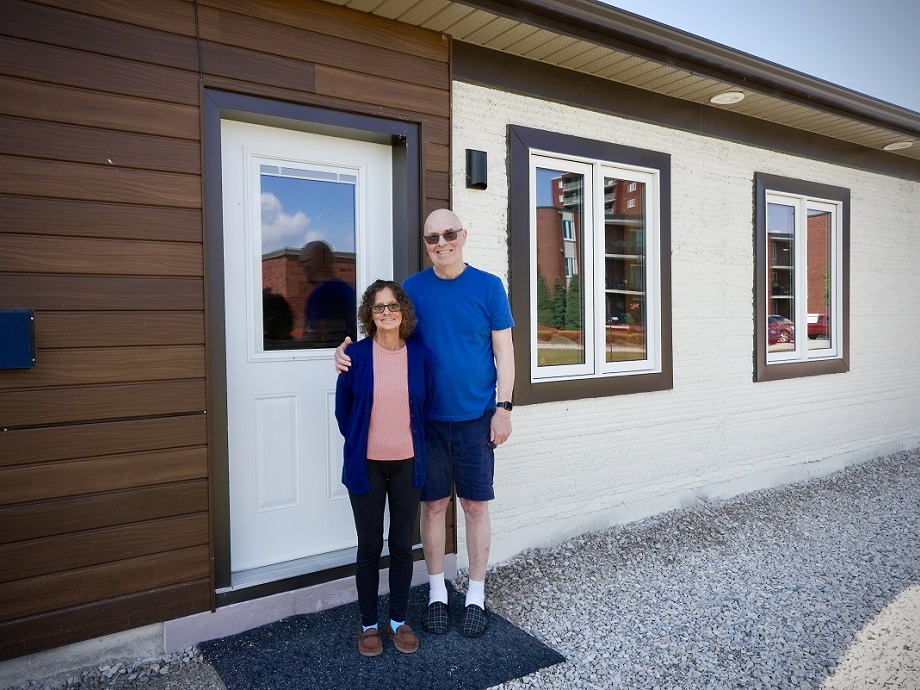Canada’s first 3D printed multi-unit homes - Part 1 of 3
April 19, 2024
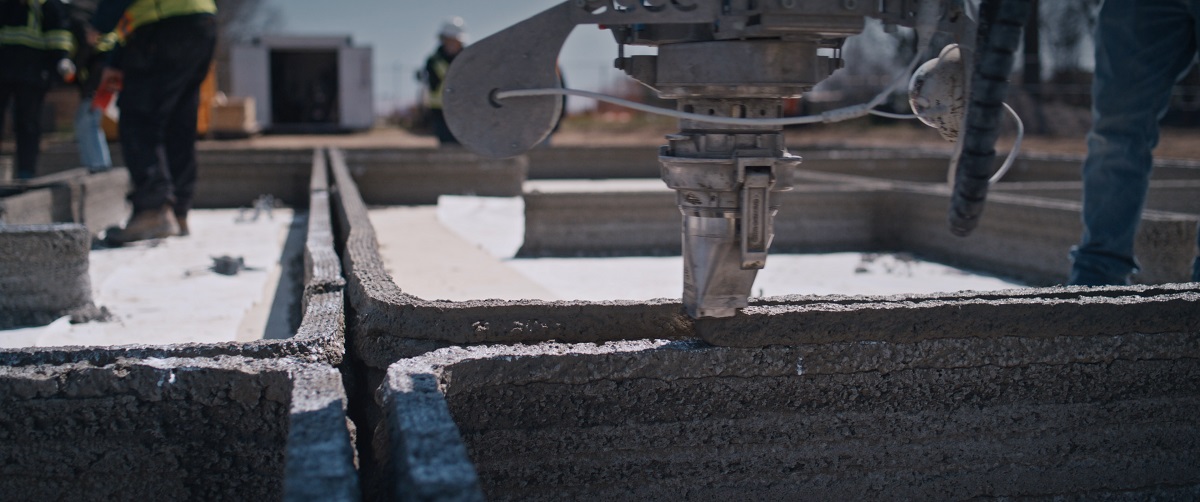
AT A GLANCE
- A collaboration between CMHC’s housing innovation team, Habitat for Humanity Windsor-Essex, the University of Windsor, the Town of Leamington and Nidus3D construction printing has resulted in Canada’s first 3D printed multi-unit residential structure.
- 3D construction printing uses traditional construction materials in a non-traditional way. 3D printing advocates and industry experts say the technique offers a rapid, environmentally-sensitive alternative to traditional construction methods.
- The partners’ dedication to exploring new ways to address the housing crisis in Windsor-Essex County has created a first for Canada and transformed the housing outcomes for 4 families.
First things first - What is 3D construction printing?
3D construction printing is a technique whereby mortar (cement powder + sand +
water) or concrete (cement powder + sand + aggregate or gravel + water) is fed into a
3D printer. The 3D printer travels around the foundation and extrudes construction
material, layer by layer. Each layer stacks on top of the previous one and gradually
creates a building.
“Ooh, that sounds hard.”
When chief executive officer, Habitat for Humanity Windsor-Essex Fiona Coughlin was approached by Habitat for Humanity Canada’s Terry Petkau about 3D printing Canada’s first multi-unit residential homes development she instantly grasped the magnitude of the ask.
“In Windsor and Essex County there’s 6,500 families on our waiting list for community subsidized housing,” says Fiona. “An additional 4,000 families are one paycheque away from losing their housing stability.”
Keeping up with demand for affordable homes is one thing, creating Canada’s first 3D printed multi-unit residential development would be a whole other ball game for Fiona and her team.
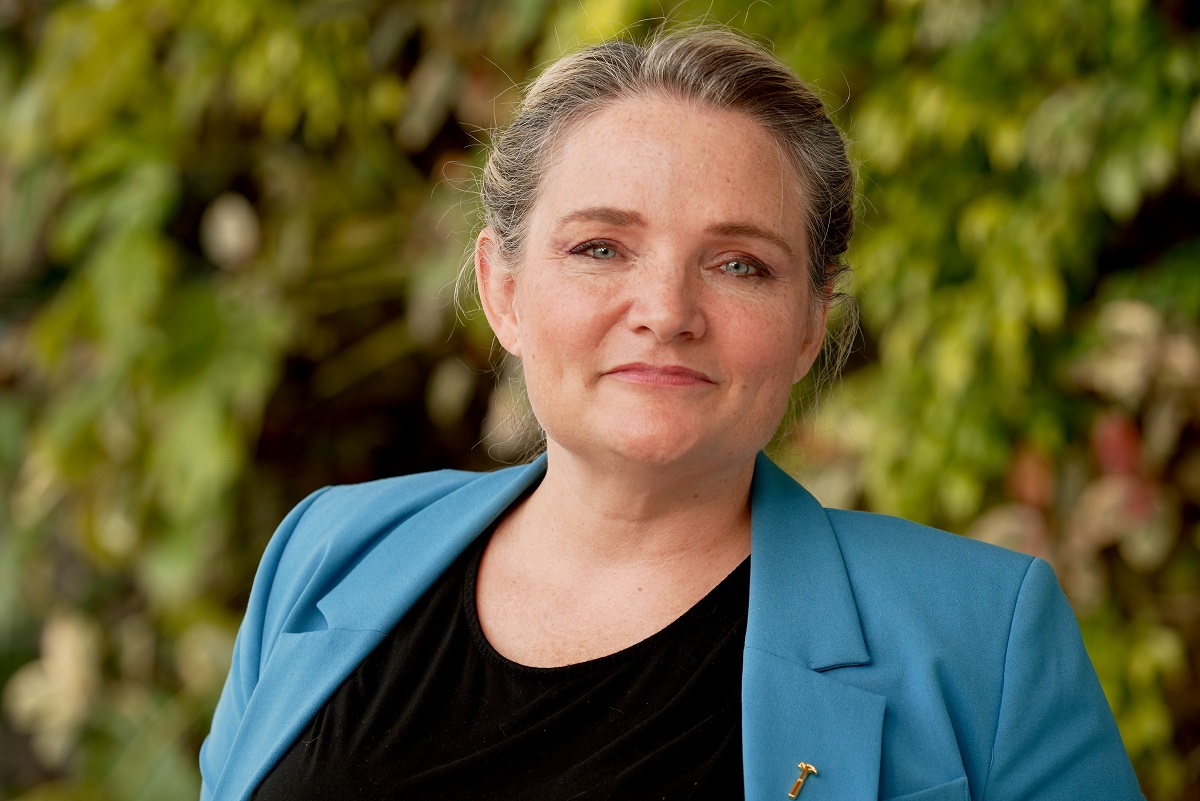
I think that for most of us there’s a realist that says OK this is gonna be hard, this is the first. But we have been the kind of affiliate that when something innovative and exciting comes to the table we start with ‘Yes’ and then we figure out how we are gonna do it.”
Ultimately, what eased Fiona’s worries, was the enthusiasm and collaboration demonstrated by the partners.
“Habitat for Humanity has a strong partnership with CMHC and we’ve worked together on a number of housing initiatives,” says Fiona.
“Habitat is one of CMHC’s key partners in helping to provide affordable homes for Canadians,” says CMHC climate change initiatives advisor, Jonathan Laflamme. “CMHC explored innovation in the construction industry that could bring more affordable units to the market faster and cheaper. Through our research, we identified 3D construction printing as an opportunity to explore and raised it during a call with Habitat. Both CMHC and Habitat agreed to explore the technology and determine if the popular claims about 3D printing were indeed true.’’
Without the initiative and generous support of CMHC, this collaborative endeavour would not have materialized.
During the call, Habitat mentioned that the University of Windsor was already researching 3D printed homes.
“Bringing the University of Windsor and Habitat together was a no brainer,” says Fiona. “I applaud CMHC for doing that.”
Habitat for Humanity Canada & CMHC Collaboration Timeline
-
2019
Government of Canada, through CMHC announces investment of $32.4M over 3 years under the National Housing Co-Investment Fund.
-
2020
Government of Canada through CMHC, announces investment of $40 million to create 200 homeownership opportunities for Black Canadian families across the country.
-
2023
Government of Canada, through CMHC, announces investment of $25 million to build 500 new affordable homes across Canada over the next 3 years.
Building the team
Together with his team, Dr. Sreekanta Das, Professor, Civil and Environmental Engineering, University of Windsor had been following the international progress of 3D-printed home construction, materials, technology and research for approximately 3 years.
As the team’s understanding deepened, so did their desire to create a ground-breaking demonstration project.
“It became increasingly clear that in order to showcase the technology’s potential for more efficient and cost-effective home construction, we needed both financial support and collaborative partners,” says Dr. Das.
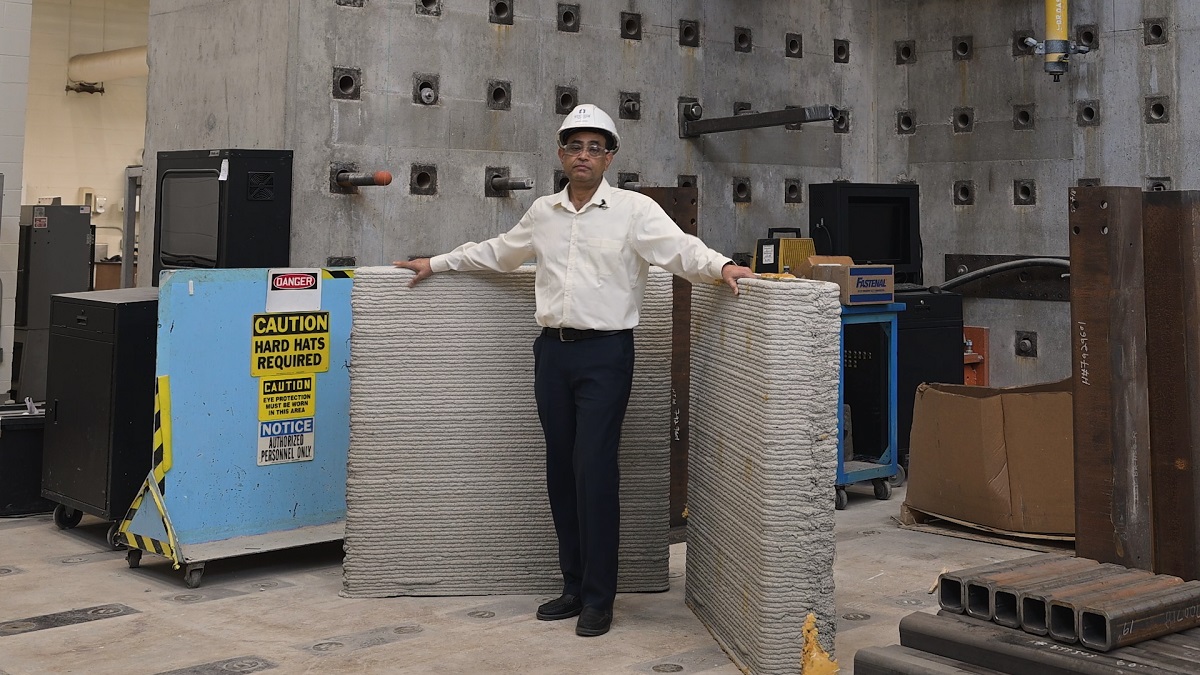
Top of Dr. Das’ list for potential partners? Habitat for Humanity Windsor-Essex and CMHC.
The timing was perfect. In close collaboration, Habitat for Humanity Windsor-Essex and the University of Windsor submitted proposals to CMHC for the research and development of four 3D printed homes.
When the proposals were approved, Dr. Das and his team were excited to move forward.
"We were lucky to have CMHC and Habitat for Humanity collaborating with us on this project,” noted Dr. Das. “Without the initiative and generous support of CMHC, this collaborative endeavour would not have materialized.”
Habitat took the role of project lead and Fiona hit the ground running.
When she reached out to Ian Arthur, his company, Nidus3D had not yet been created.
“Fiona messaged me on LinkedIn and said, Hey, could you guys come and print something,” says Ian.
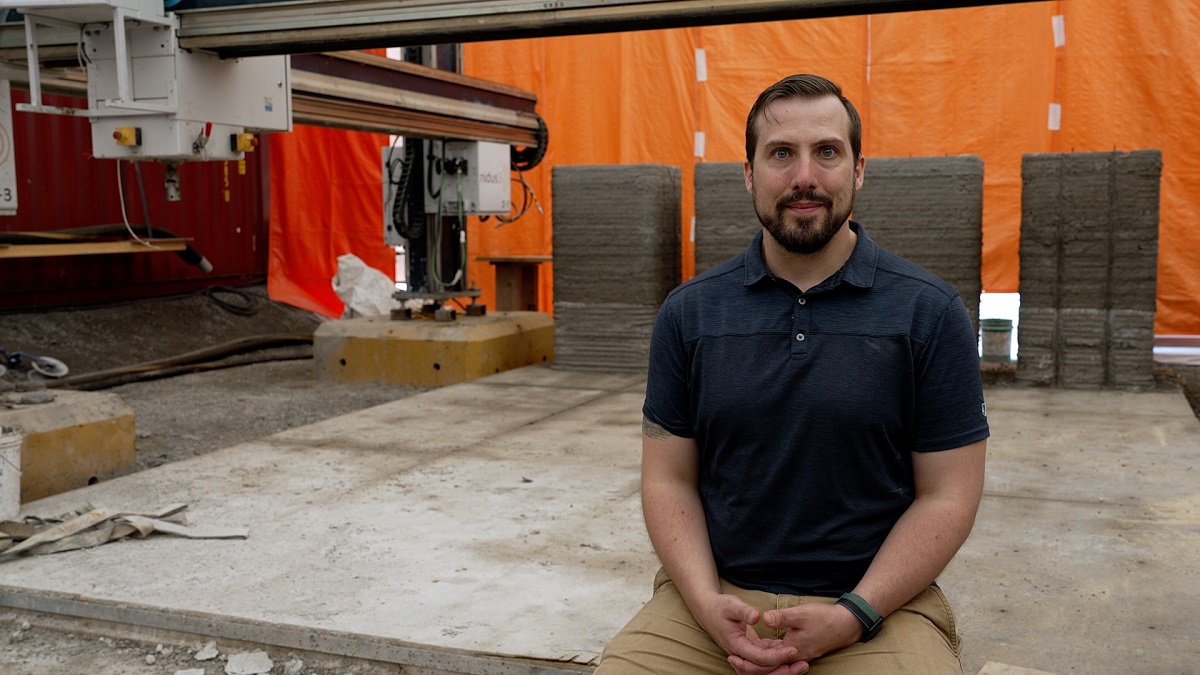
“It was about 3 months earlier than we had really intended to print anything outside of a warehouse testing setting. So, we kind of accelerated a lot of stuff very, very quickly!”
Fiona visited Nidus’s Kingston site to meet the team. “That’s the day I KNEW we could do this,” she says.
“They were pouring a sample wall to show us, and the printer clogged. Within 30 minutes they had the whole thing fixed and going and I thought, that’s gonna work. That’s the kind of attitude that’s gonna get the house built!”
Finding a place to print
“We had the printer, we had the research guys, the innovators, we had a little bit of funding. Now, where are we going to put these houses?”
“We knew that whatever municipality we worked with had to be welcoming to something innovative because the building code is quite rigid.”
That’s when the Town of Leamington came to mind.



